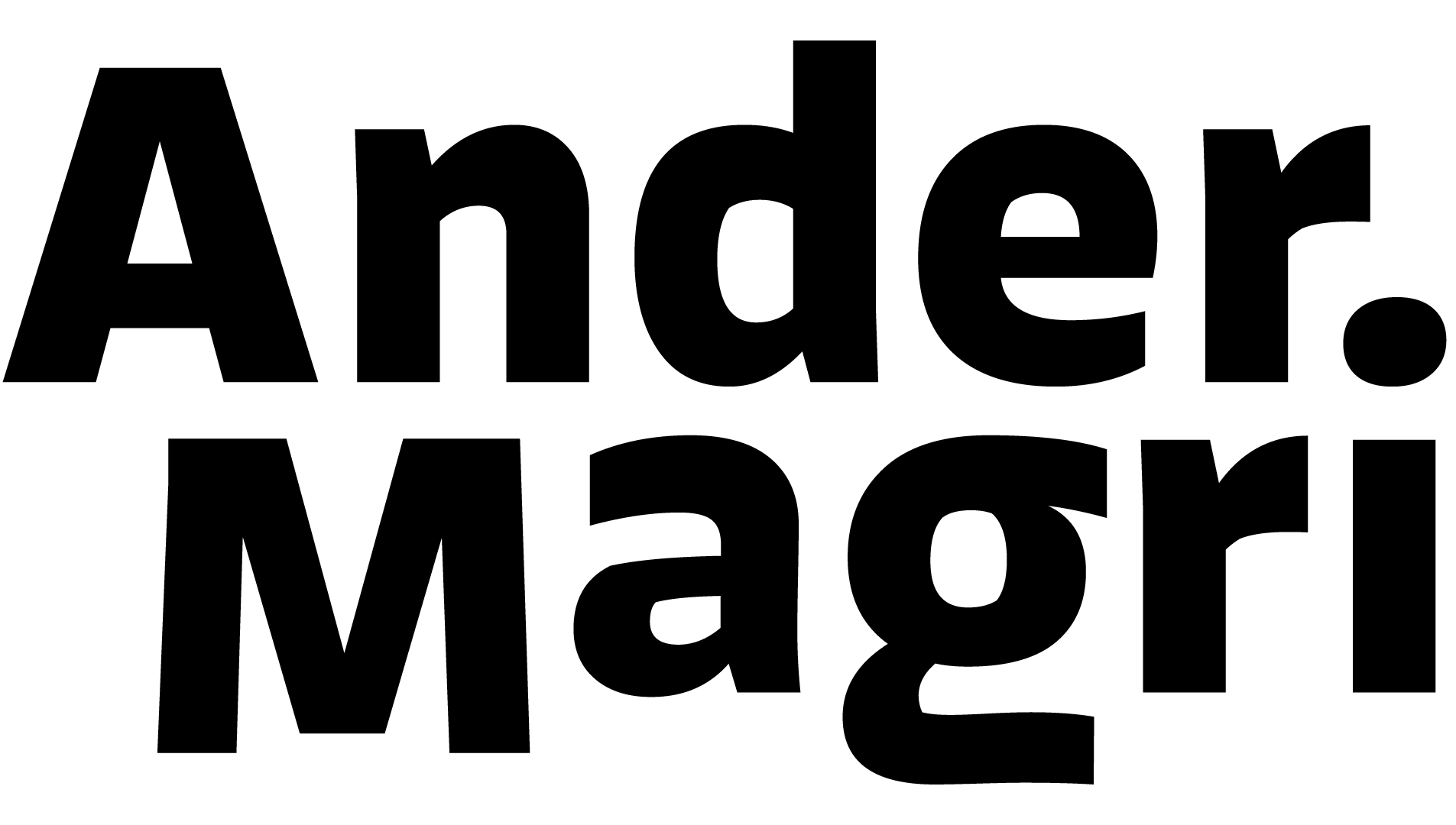Yes, we’re talking about money. But 90% of wallet UIs look like they came straight out of a traditional bank — clean, bright, and painfully serious. That’s where we lose a key part of Web3’s spirit.
Some of the biggest decisions in Web3 are made in a basement, mid-game, during a Discord call. It’s not Wall Street — it’s something else entirely. And our interfaces should reflect that.
